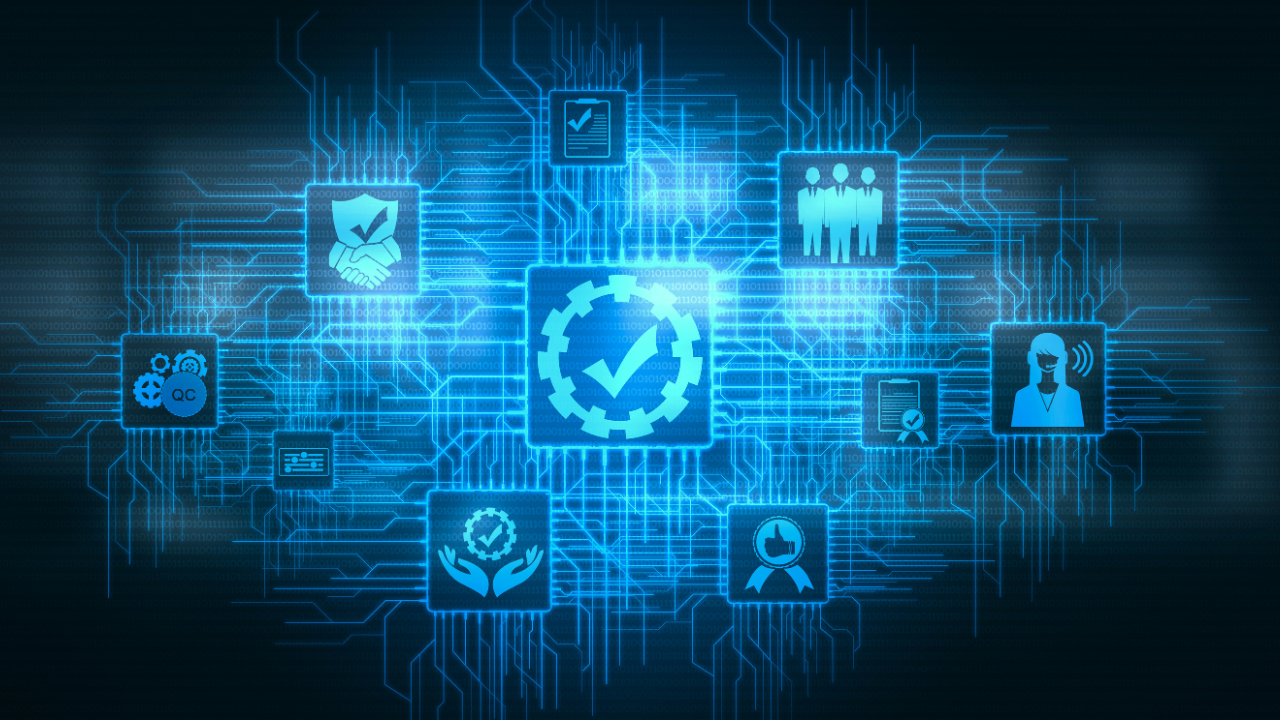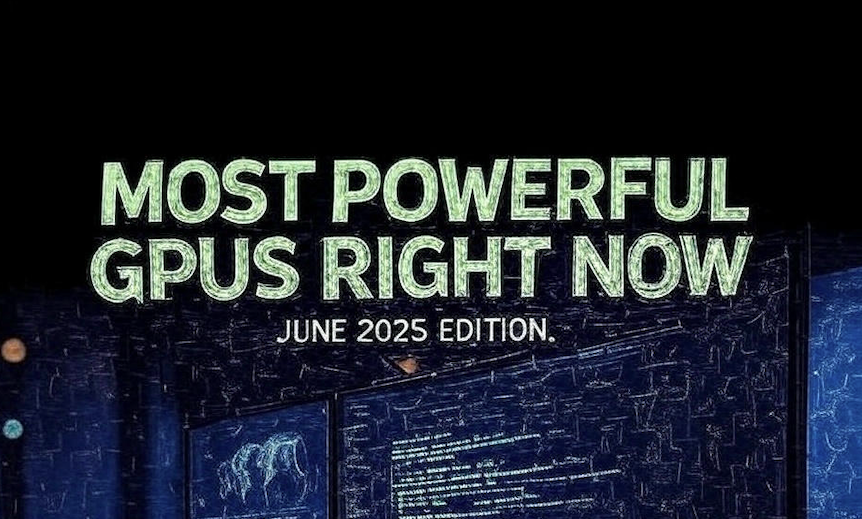
Threat Detection & Response
At Akross IT, our Threat Detection & Response services provide a proactive, AI-enhanced approach to identifying, analyzing, and mitigating security threats across your infrastructure, applications, and user environments. We combine real-time monitoring, advanced analytics, and automated remediation to ensure you stay one step ahead of potential breaches.


Our Threat Detection & Response Capabilities
24/7 Threat Monitoring
We continuously monitor your systems using Security Information and Event Management (SIEM) platforms, behavioral analytics, and intrusion detection systems (IDS) to catch threats as they happen.
AI-Powered Threat Intelligence
Our systems use AI and machine learning to analyze massive volumes of data, detect patterns, and uncover anomalies that signal advanced persistent threats (APTs) or insider risks.
Automated Incident Response
When a threat is detected, automated playbooks trigger predefined actions—like isolating affected assets, killing malicious processes, or notifying incident response teams—ensuring swift containment.
Threat Hunting and Forensics
We proactively search for hidden threats and indicators of compromise (IOCs), using threat intelligence feeds and deep-dive forensic tools to identify vulnerabilities before attackers do.
Cloud, Endpoint, and Network Coverage
Our detection and response extend across all environments—from public cloud infrastructure and endpoints to internal networks and APIs.
Regulatory Compliance and Reporting
We help you stay compliant with standards like ISO 27001, HIPAA, PCI-DSS, and GDPR through continuous threat assessments and audit-ready reporting.
Expert-Led Security Operations Center (SOC)
Our dedicated SOC team works around the clock to manage incidents, investigate anomalies, and guide your business through every phase of threat mitigation.
Our Threat Detection & Response Process
Security Posture Assessment and Baseline Setup
We begin by assessing your existing security infrastructure—SIEM systems, firewalls, EDR/XDR tools, and compliance controls.
We define a threat detection baseline tailored to your environment, aligning with your industry, risk level, and regulatory requirements. This foundation helps us distinguish between normal and suspicious activity in the later stages.
Integration of Detection Tools and Data Sources
Our team integrates data from across your ecosystem—cloud logs, network traffic, endpoints, identity providers, and third-party services—into a unified monitoring platform.
We deploy agents, configure sensors, and set up API integrations to ensure comprehensive visibility. Detection rules and machine learning models are applied to all incoming telemetry for real-time analysis.
Threat Identification and Risk Scoring
Using AI and threat intelligence feeds, the system evaluates incoming alerts and assigns severity scores based on behavioral anomalies, IOCs, and known attack tactics (MITRE ATT&CK framework).
This reduces alert fatigue by surfacing only high-confidence, high-impact threats. Context-aware dashboards highlight risk exposure and trends across systems.
Automated and Manual Response Execution
When a threat is confirmed, response playbooks are triggered based on the threat type. Automated actions may include revoking credentials, quarantining hosts, or blocking IP addresses.
For complex incidents, our security analysts investigate further, coordinate responses, and guide your internal team through mitigation steps with minimal disruption to business operations.
Deep Forensic Analysis and Threat Containment
Our SOC team conducts post-incident forensics to determine the attack vector, impacted systems, and data exfiltration paths.
We isolate affected assets, remove persistence mechanisms, and close exploited vulnerabilities. A full root-cause analysis is performed to ensure long-term remediation and policy hardening.
Threat Hunting and Continuous Refinement
Even in the absence of active incidents, we proactively hunt for hidden threats using advanced queries, behavioral analytics, and simulated attack scenarios.
Detection logic is continuously updated based on new threat intelligence, and we tune alert thresholds to balance noise reduction with proactive vigilance.
Reporting, Compliance, and Strategic Security Planning
After every incident or threat hunt, we deliver detailed reports that include incident timelines, resolution actions, lessons learned, and recommendations for improving your security posture. Compliance dashboards are maintained to track control effectiveness, audit status, and SOC readiness.
We also provide ongoing guidance for building long-term cyber resilience.
Types of Threats We Protect Against
Ransomware and Malware Infections
Identify and stop malicious software before it spreads through encryption, lateral movement, or data exfiltration.
Phishing and Social Engineering
Monitor and analyze user activity to detect credential theft, privilege abuse, or unauthorized logins.
Insider Threats
Track unusual behavior by authorized users that may indicate sabotage, theft, or accidental breaches.
Advanced Persistent Threats
Detect stealthy, long-term attack campaigns by correlating low-signal events and spotting advanced intrusion tactics.
DDoS and Bot Attacks
Defend against volumetric attacks and automation-driven exploits targeting APIs, websites, and services.
Zero-Day Vulnerabilities
Use behavioral analytics and threat intelligence to identify exploitation of unknown software vulnerabilities.




